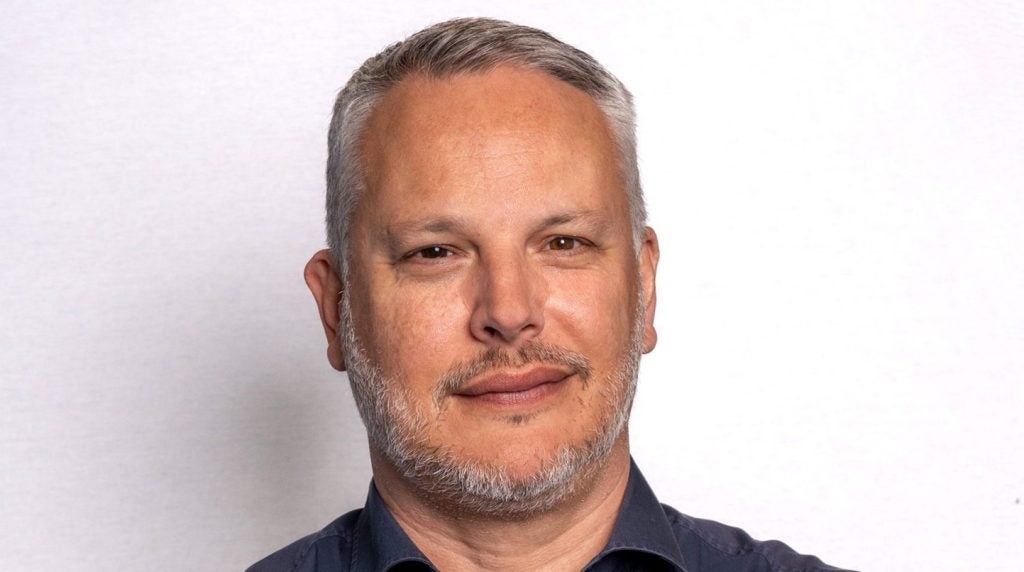At an October meeting, the London Assembly’s Economy Committee set out to assess what “the Mayor, financial services sector and the charitable sector can do to support SMEs who have struggled to access appropriate and affordable finance post-crisis”. Lorenzo Migliorato reports.
To tackle this question, the committee gathered a panel that included Tony Greenham, director of economy, enterprise and manufacturing at the Royal Society of Arts (RSA); Jennifer Tankard, chief executive of Responsible Finance; Richard Werner, director of the University of Southampton’s Centre for Banking, Finance and Sustainable Development; Natasha Jones, UK head of corporate communications at Funding Circle; Mike Conroy, executive director for corporate and commercial banking at the British Business Bank; and Faisel Rahman, founder and managing director at Fair Finance.
The first issue that the panel guests dissected was the term ‘SME’ itself. For Greenham, a distinction needs to be made between SMEs and SEMEs – self-employed micro-enterprises.
“These are two very different [lending] markets, and it is unhelpful to conflate the two,” he said.
“There is an excellent [finance] provision to medium-sized companies, and an OK provision to a lot of smaller providers, but I think when you get into the ‘self-employed’ and ‘micro’ end there are still a lot of gaps.”
Complicating the picture is the fact that as many as 20% of SMEs do not even have a business account, instead relying on personal accounts for their transactions, according to Conroy. That is often the case when a business is used as a “side gig” for extra income, fitting around the owner’s wider lifestyle.
How well do you really know your competitors?
Access the most comprehensive Company Profiles on the market, powered by GlobalData. Save hours of research. Gain competitive edge.

Thank you!
Your download email will arrive shortly
Not ready to buy yet? Download a free sample
We are confident about the unique quality of our Company Profiles. However, we want you to make the most beneficial decision for your business, so we offer a free sample that you can download by submitting the below form
By GlobalDataThe blurring of lines between business operations and owner’s finances means that circumscribing the SME sector can be unexpectedly hard – as can building a tailored lending segment for it.
“It is not so much about whether there is enough provision, but about whether there is appropriate provision, at reasonable rates, from responsible providers,” said Greenham. “I think these are the right questions to ask.”
In fact, SMEs have not been borrowing less post-crisis, as Rahman pointed out. Rather, they have been taking out larger numbers of loans: “The average [London] customer coming to Fair Finance five years ago would probably have one or two facilities, which might have included an overdraft and some type or regional funding.
“Today the average customer has got six different forms of credit, and for some of that credit providers are charging anything from 70% up to 160%.”
The biggest beneficiaries of this proliferation of borrowing have been subprime lenders, which have seeped into the gap for micro-business lending and consequently grown into the region of £22-30bn, according to figures quoted by Rahman.
Subprime lending has been exposed as severely lacking in transparency by the Competition and Markets Authority (CMA), Rahman said. The biggest problem is that, unlike in consumer lending, there is no standardised model to describe interest rates when lending to businesses.
Self-employed individuals did gain the same protection as consumers under the Consumer Credit Act, but as a result, Rahman says, all those lenders which would not sign up for higher levels of disclosure ended up exiting the SME market en masse, leaving smaller enterprises with even fewer options.
Tankard added: “People are comparing [facilities] on an APR basis. Some lenders will have lower APRs, but there will be enough hidden fees and charges attached so that the overall cost of credit is much higher.”
Working those details out from the agreement is particularly hard, especially for the self-employed, so having tighter regulation would be “really welcome”.
The vacuum in the SME lending sector is not a newly discovered problem. Almost exactly a century ago in 1918, a Treasury report lamented that “UK banking is dominated by the five big banks based in London, which provide only short-term funding. Small firms find it hard to obtain [long-term] funding from the banks,” as quoted to the panel by Werner.
Even nowadays, every “four or five years” another study comes out from the Treasury highlighting the issue, but no realistic solutions is ever proposed, as that would involve a major overhaul of the banking systems, said Werner and Greenham.
“In the last 15 years, whenever an expert panel was set up, any attempt to include international comparisons, particularly with the US and Germany, were vigorously resisted, allegedly being ‘irrelevant’ and ‘too far away’,” said Werner.
In fact, he added, in any study on the banking systems across different countries, the UK sticks out for its absence of local, community and not-for-profit banks. This results in statistically measurable gaps between the UK’s economic output and those of other countries.
In Germany, 70% of banking, measured by deposits, is made by community banks. In the US, meanwhile, medium-sized banks do the lending for medium-sized enterprise, while smaller firms can count on the small and micro-banking segment. “If you do not have that [segment], you will not get this kind of lending,” noted Werner.
Once again, the problem is not so much a lack of banking services, but a lack of banking at reasonable rates for firms with smaller turnovers, whichever the lender.
As Greenham pointed out, other countries such as the US have the big-shareholders banks “which do their big-shareholders things”, next to a “vibrant” network of local banks with a “social mission”.
In the UK, meanwhile, the banks were neither told, nor forced, to allot capital to a sector they did not particularly want to serve, nor was a framework for community banking ever fully implemented. Some effort has been made by the government and institutions such as the British Business Bank, in the form of credit guarantees and tax relief. However, fewer injections of funds have occurred, as Greenham and Werner pointed out.
On the private banking side, the problem is mainly one of centralisation. A century and a half ago, Britain did have a network of smaller, for-profit banks, as Werner noted. But as soon as they became successful they were snatched up by the bigger banks, which had no particular corporate requirement to guarantee autonomy. Coupled with the tendency of big banks to rein in their smaller and less-profitable businesses, this left SMEs in the next decades with no route but the high street.
Of course, the situation would not be so dire if SMEs could borrow more on an unsecured basis, but as Greenham pointed out, prudential regulations simply do not allow banks to do so. The high street bank cannot fulfil SMEs’ credit needs right now, at least not on its own.
So what does the UK need to fill the gap? For Greenham, the answer is “local stakeholder banks”: banks that are profitable so they do not need constant fund injections, have a social mission embedded in their corporate governance – specifically in the form of a geographical focus – and collaborate between themselves, sharing costs if needed.
Where such banks differ with – and complement – alternative finance providers is that they provide current accounts in order to finance their lending, sometimes even presenting themselves as a savings alternative to the high street bank.
Londoners, Greenham said, “deserve the choice” of whether to put their savings in a retail bank that uses 4% of its balance sheet for SME credit, or in a community bank that devotes 25% of its capital to local enterprises.
While making his case for decentralised banking, meanwhile, Werner drew parallels with Scotland, England and Germany: countries where industrialization in the pre-World War I period took off only thanks to a thousands-strong network of community banks.
To achieve comparable results, London would need “hundreds” of such institutions. For now, however, Werner proposed to start with one per borough, representing a total of 30 or 40 banks.
A local focus and face-to-face customer interaction are, for Werner, essential requisites: they would provide both the right incentive scheme and the proper responsibility checks, in the form of reputation inside the community.
Werner added that the Co-op Bank, true to its name, was “a great example” of a co-operative bank. The problem, however, is that it has always been “too large and too centralised. It has been half a big bank, and that is too big”.
The endeavour of building a local banking network has already been undertaken by the Community Savings Bank Association, its flagship London member being Greater London Mutual. However, panel members said more is needed to support this format of banking on the Mayor’s office part, such as allotting specific funds to each borough.
What is ultimately needed, as Werner put it, “is to take banking back to the human scale”. In the view of the panel member, the community banking model might just help to achieve that objective.







